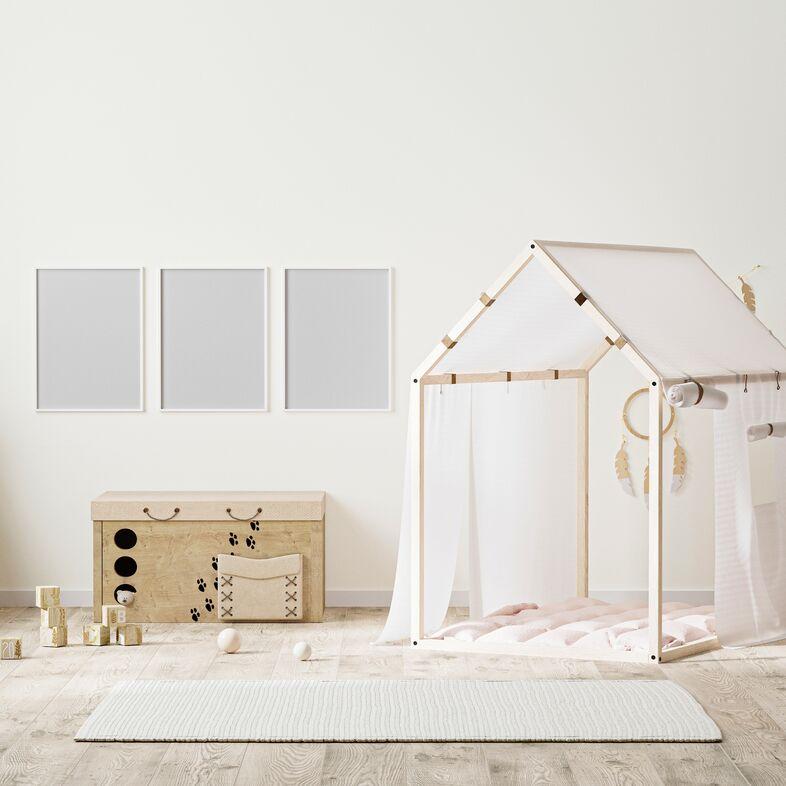
How to Create a Quiet Place for your Kids at Home
Peace and quiet go hand in hand and creating a peaceful place at home is something children will benefit from. This is the place to go to with a book or a favourite toy. It is somewhere cosy and comfortable, a place where loud noises and bouncy people are not welcome.
Specialists evaluating pre-school children emphasise the need, at this phase, to have a quiet retreat space. The pre-preschooler is experiencing a sensory overload as they respond to all kinds of stimuli. An immature toddler may find all this excitement overwhelming. Their lack of coping skills often results in temper tantrums. Little ones can become irritable and defiant in challenging situations.
Movement and highly stimulated physical activities make immature toddlers and pre-preschoolers feel out of control. They overreact to the excitement, noise and physical interaction. Finding a quiet place to spend some ‘me time’ is so beneficial for your toddler. Initially, you can join in playing the quiet game and spend time with your child in their quiet space.
The Montessori practise of educating the whole child supports encouraging children to have quiet times. In her book, ‘ The Secrets of the Child, Discovery of the Child’ Maria Montessori writes: ‘Silence brings us back to ourselves.’ Creating a special place where children learn to enjoy peace and quiet is a valuable activity.
It is important to do this together and to let your child bring in favourite toys, soft pillows and rugs. The corner could be a corner of their playroom or perhaps you have a big old box to cut out a door and make into a cosy den. Look out for an indoor teepee or even a big basket to curl up in. The important thing is the space must be cosy, special and filled with quiet activities.
Initially, your child may be apprehensive about this new space. Take time to introduce them to the quiet space by spending time there too with a storybook or an activity centred around being peaceful. Quiet music and a simple puzzle are things to enjoy in this special space.
Practice makes Perfect: Here are some quick, practical ideas to motivate your quiet space -
- Use a cardboard box, tent, or other contained area that is set aside just for the quiet space.
- Set the space up together with the cushions, blankets, rugs and soft toys your child chooses.
- Have some other activities available like puzzles, construction toys, and books.
- At first play at going in and settling down just for a short time. Build onto that time as your child grows to understand what the quiet space is for.
- Spend time together reading a book. Choose something at your child’s level.
- When you feel your child is comfortable with this space, start to use it before an incident gets out of control.
- Be ready to change some of the toys and games as well as the books from time to time to keep this quiet space interesting.
Learning how to be still and enjoy peace is a life skill. You will be developing something to enhance your child’s future and they will be grateful.